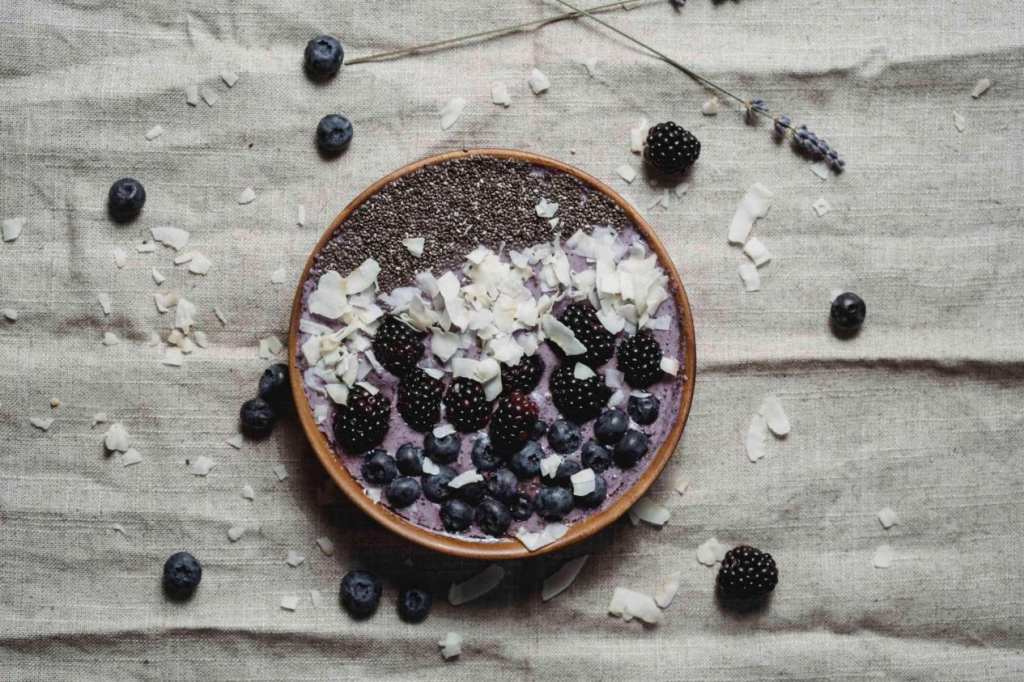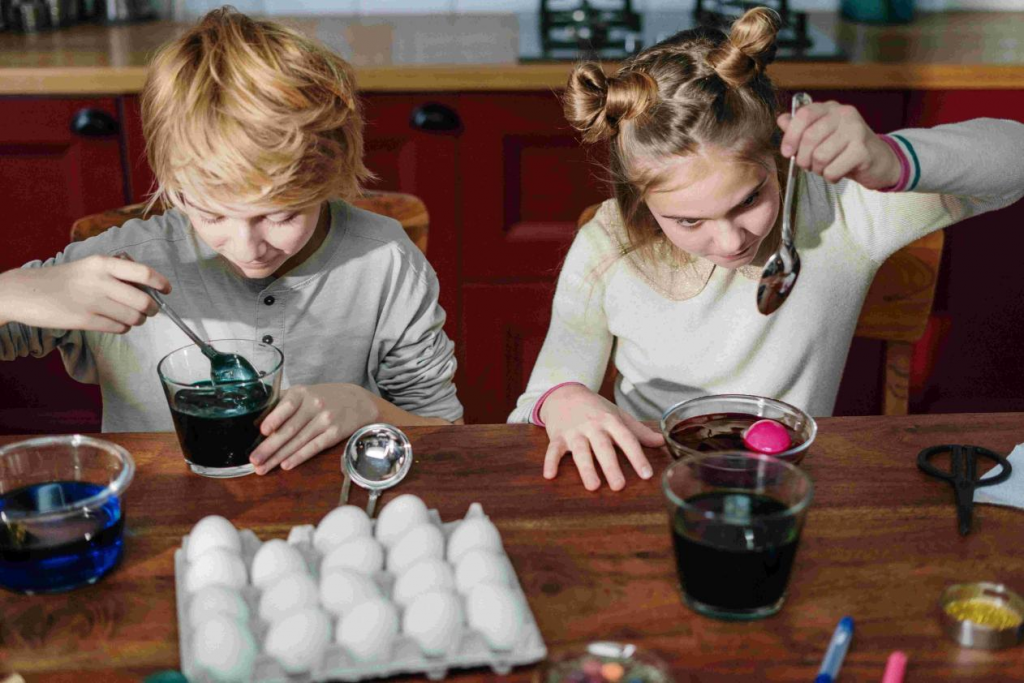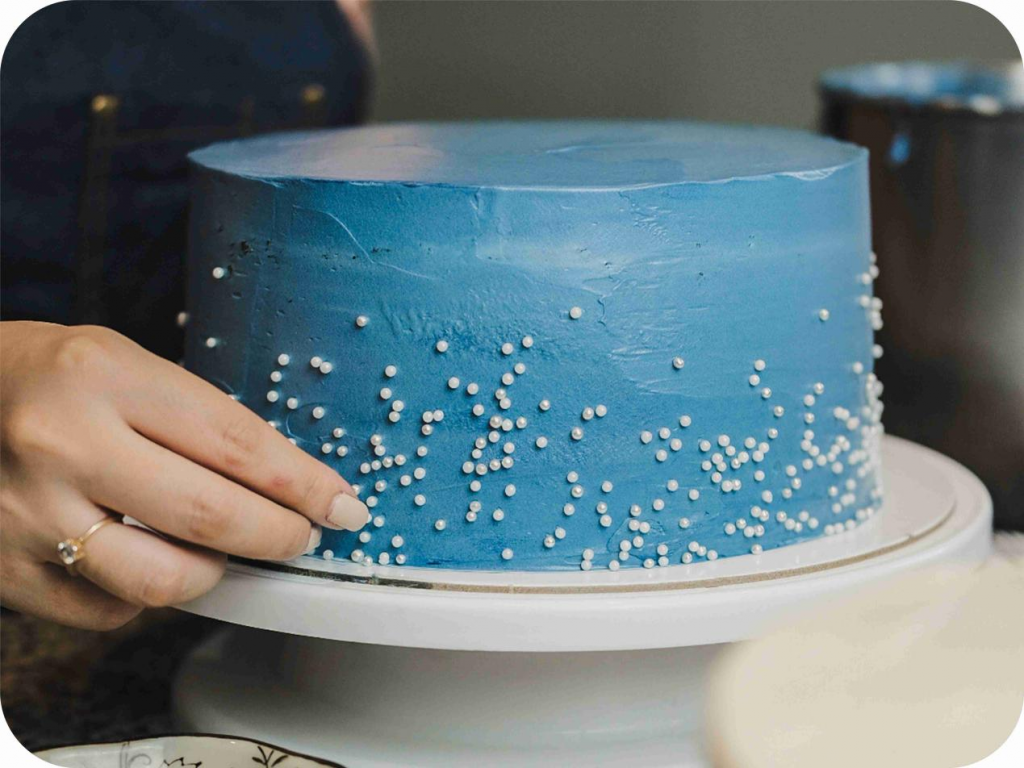Blue Spirulina: The Natural Food Coloring Alternative
In the constantly evolving realm of food and beverages, the search for healthier, more natural alternatives is relentless. Among these, blue foods and drinks are gaining increasing popularity in today’s society. However, many bright colors are derived from artificial colorants, which may not be good for your health. The emergence of blue spirulina as a natural food coloring alternative has taken the culinary world by storm. But what exactly is blue spirulina, and why should you consider adding it to your kitchen? In this article, we will explore the world of blue spirulina and how it changes our cooking creativity.

What is Blue Spirulina?
Spirulina is a type of microalgae that is rich in nutrients, antioxidants, and other bioactive compounds. It provides a rich source of protein, vitamins, minerals, and phytonutrients, making it a favored supplement in the health and wellness realm. The advantages of spirulina encompass assisting in detoxification, strengthening the immune system, and delivering essential nutrients. Blue Spirulina is a blue variant of Spirulina, and its bright blue color mainly comes from the pigment phycocyanin.
Beyond its nutritional content, blue spirulina emerges as a compelling, plant-based alternative to artificial FD&C blue coloring. Below, we will delve into why this blue spirulina stands out as a healthier option for adding blue spirulina to food and beverages.

The Downside of Artificial Food Coloring
Artificial food colorings, like FD&C Blue No. 1, are commonly used to give food and drinks with striking, vivid colors. Nonetheless, these synthetic color additives bear several drawbacks.
1. Safety is Questionable
Some animal studies and clinical research have raised concerns over the potential health hazards of excessive consumption of certain artificial colorants, which may result in allergies, headaches, diarrhea, and, in some cases, even cancer. Consequently, the safety of artificial colors comes under scrutiny. Certain artificial colorants have been banned in the European Union due to health risks.
2. Unknown Source
Numerous artificial colors are composed of intricate, undisclosed ingredients, and some are produced using toxic and harmful chemicals, making it challenging for consumers to gauge their safety.
3. Unclear Label
The label identification of artificial colors involves cryptic codes like “sunset yellow FCF,” rendering it intricate for consumers to decipher their meaning from product labels, thus lacking transparency.
4. Potential Allergens
Some artificial colors are regarded as potential allergens, which may cause asthma, urticaria, and other allergic reactions, especially in children.
5. Synthetic Production
Artificial colors rely entirely on chemical synthesis, failing to align with the trend of natural, organic, and eco-friendly food consumption.
In short, more and more consumers are paying attention to the safety and naturalness of artificial food colorings, seeking more natural and healthier food coloring alternatives. This is where the versatile blue spirulina shines as an alternative to artificial blue and other synthetic colorants.

Benefits of Blue Spirulina Usage
Blue spirulina, as a replacement for artificial coloring, offers numerous advantages. It’s not just gaining popularity in the culinary world but also making a positive impact on health and the environment. Here are some key benefits of using blue spirulina instead of artificial colors:
- Natural Origins: Blue spirulina is a natural microalgae that usually grows in freshwater lakes and saltwater ponds. In contrast, artificial colors are often synthetic chemicals that may contain harmful ingredients. The natural source of blue spirulina makes it a healthier option.
- AbundantAntioxidants: Blue spirulina boasts a high antioxidant content, including chlorophyll and carotenoids. These antioxidants help fight free radicals, reduce oxidative stress, and contribute to cellular health while lowering the risk of chronic diseases.
- Nutritional Value: Blue spirulina is a superfood loaded withprotein, vitamins, minerals, and various nutrients. When used as a food coloring agent, it doesn’t just provide color; it adds nutritional value to your food and drinks.
- No Harmful Additives: Traditional artificial colors oftencontain preservatives and other chemical additives. Blue spirulina, on the other hand, is typically a single ingredient without any harmful substances. This can help reduce the risk of ingesting potentially harmful chemicals.
- Versatility: Blue spirulina is very suitable for various foods and beverages, including cold andhot drinks, desserts, breakfast items, and more. Its vibrantcolors can elevate the visual appeal of a wide range of culinary creations.

Creative Uses of Blue Spirulina in Food and Beverages
Blue spirulina seamlessly infuses food and drinks with color while enhancing nutrition. Here are some creative ways to integrate this versatile natural color into your recipes:
- Smoothie Bowl:Blend blue spirulina with fruits, yogurt, oatmeal, or acai berries to create a colorful base. Top it with granola, nuts, and berries for a visually appealing, antioxidant-rich breakfast or snack.
- Latte: Stir blue spirulina into dairy products like oats or almond milk to craft an indulgent and nutritious latte. You can also add honey or maple syrup for added flavor.
- Pancakes and Waffles: Enhance your pancake or waffle batter with a teaspoon of blue spirulina before cooking. Then, add fruit and syrup for a delightful and eye-catching meal.
- Ice cream: Swirl blue spirulina into the ice cream base before churning, or gently fold it into the finished ice cream for a swirly effect. This creates a visually appealing dessert.
- Cocktails: Enhance your cocktails by adding blue spirulina to the glass or mixing it into drinks, infusing an exotic and colorful twist into your favorite libations.

From snacks to staples to beverages, blue spirulina blends seamlessly into meals, baked goods, smoothies, and more. BINMEI’s Blue Spirulina is derived from the highest quality spirulina. It offers a safe and vibrant option for those seeking to enhance both the visual appeal and nutritional value of their dishes and beverages. Let’s try BINMEI‘s premium blue spirulina powder to bring natural color to your kitchen experiments.
